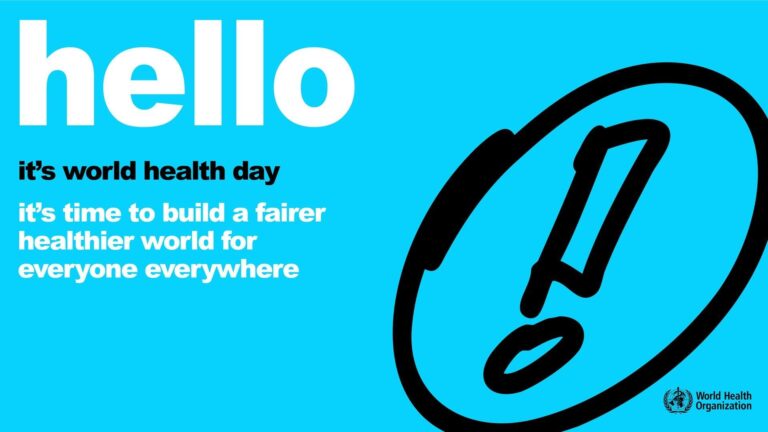Today is 2 April which is celebrated as WORLD AUTISM AWARENESS DAY.
Why is this day celebrated and what homoeopathy has to do with it?
Autism Spectrum Disorder (ASD) is commonly known as Autism. According to the Autism Society of America, “Autism is a complex developmental disability that typically appears during the first three years of life and is the result of a neurological disorder that affects the normal functioning of the brain, impacting, development in the areas of social interaction and communication skills.
There are 3 areas of development affected viz.
1. social interaction, expressing their emotions.
2. communication, and
3. imagination.
which can be seen in their repetitive behaviour and restricted leisure and play.
This is referred to as the triad of impairments.

How common is autism in India?
In India, like in many other countries around the world, autism is increasingly recognized and diagnosed. However, awareness and understanding of autism spectrum disorder (ASD) in India are still evolving, and various factors contribute to the prevalence and visibility of autism in the country. Healthcare professionals are beginning to understand that some people who were diagnosed with mental retardation, hyperactivity, or labelled badly behaved children may actually have autism.
What is the cause of autism?
The causes of autism spectrum disorder (ASD) are complex and multifaceted, involving a combination of genetic, environmental, and neurological factors.
What are the early signs of autism?
- Lack of or limited eye contact: Babies typically begin making eye contact within the first few months of life. Limited or lack of eye contact, especially during interactions such as feeding or playing, could be an early sign of autism.
- Limited social smiling: Babies typically start smiling socially by around 2 to 3 months of age.
- Delayed or absent babbling: Babbling is a precursor to speech development, and babies typically begin babbling around 6 to 9 months of age. A delay in babbling or the absence of it altogether could be a red flag.
- Limited gestures: Gestures such as pointing, waving, or reaching to be picked up are important social communication skills that typically develop in the first year of life. A lack of these gestures or delayed development of them may indicate autism.
- Limited response to name: By around 9 to 12 months of age, most babies will respond to their name being called. If a child consistently fails to respond to their name, it could be a sign of autism.
- Repetitive behaviors: Some repetitive behaviors, such as hand-flapping, rocking, or spinning objects, may be present in infancy or early childhood and could be early signs of autism.
- Difficulty with social interactions: Babies and toddlers with autism may show less interest in social interactions or may not engage in typical back-and-forth interactions such as baby talk, smiling, or imitating facial expressions.
- Sensory sensitivities: Some children with autism may be overly sensitive or under-responsive to sensory stimuli such as lights, sounds, textures, or smells. These sensitivities may manifest early on as discomfort or distress in certain environments.
It’s essential to remember that every child develops at their own pace, and some developmental variations are typical. However, if you notice persistent delays or concerns about your child’s development, it’s important to discuss them with your paediatrician.
IMPACT OF HOMOEOPATHY IN AUTISM:
The study found that homoeopathic treatment does improve autism as a whole and it is a very big accomplishment and proves the efficacy of the treatment process. Psychological assessment evaluation observed significant improvement in social and cognitive skills and also showed much reduction of hyperactivity functions and sleep disorders in autistic children.
Homoeopathic therapeutic regimen could bring profound control and better coordination in the bowel and bladder. We can see changes in eating, drinking and other activities of daily routine. Their communication, social interactions as well as imaginative capacities are being improved. Also, frequent immunological and allergic reactions which were observed in autistic children before and during the study showed a very high rate of protection and very less reactions to allergens.
References:
- https://www.ncbi.nlm.nih.gov/pmc/articles/PMC3472559/
2. https://www.ijrh.org/cgi/viewcontent.cgi?article=1761&context=journal

